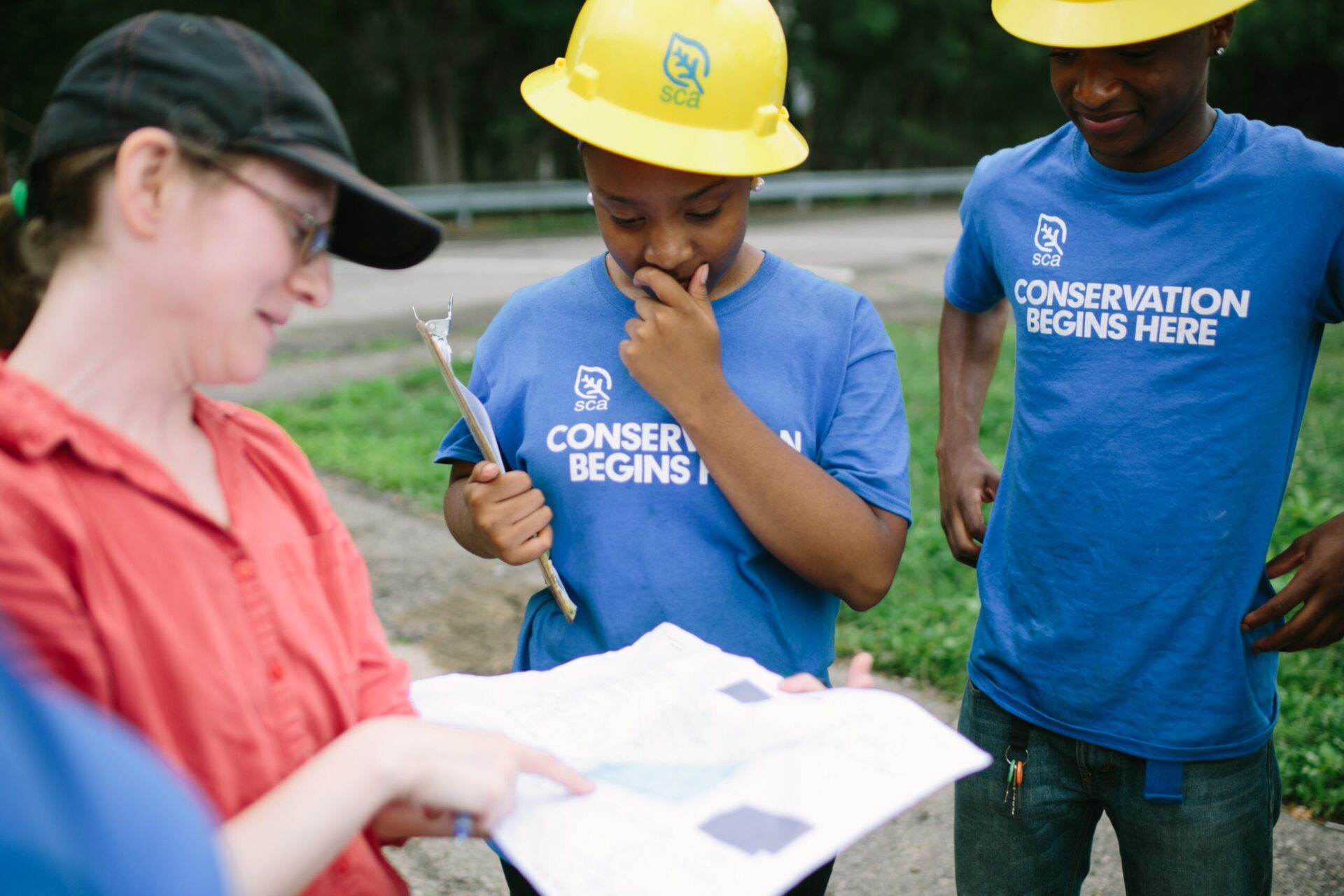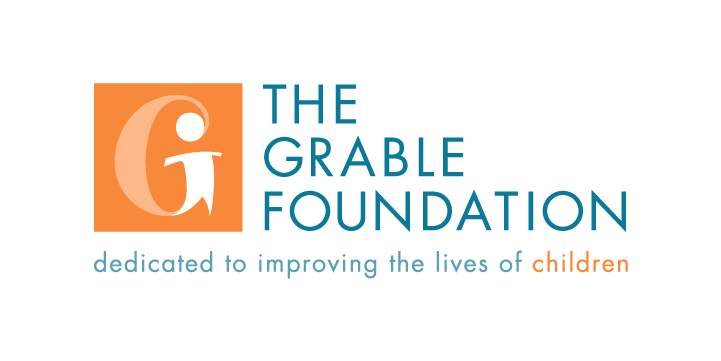
PGH Regional STE(A)M
The Pittsburgh Regional STE(A)M Ecosystem works to equitably equip and empower learners to use science, technology, engineering, the arts, and math to better themselves and their world.

WHY STE(A)M?
Answering the great questions of the future will require a scientifically-informed citizenry and a creative, prosperous, and resilient population. Even young people who aren’t destined for careers in STEM fields will need to be STEM literate. We have a responsibility to ensure that formal education systems and informal learning experiences are up to the task.
Stay in the Know
Sign up for this group’s email list to hear about the latest news and upcoming events.
Join This Group
To become a part of this work, please reach out to the group lead to learn more.
pghstem@remakelearning.org
WHAT’S HAPPENING
View All
The Pittsburgh Regional STE(A)M Ecosystem is a member of the national STEM Ecosystems initiative. Launched in 2015 by the STEM Funders Network, today there are more than 100 communities across the United States building cross-sector collaborations to deliver rigorous and effective instruction in STEM and STEAM learning.

Support for the Personalized Learning Working Group is provided by The Grable Foundation and the Claude Worthington Benedum Foundation.



Shaping the future of teaching & learning
Remake Learning is a network that ignites engaging, relevant, and equitable learning practices in support of young people navigating rapid social and technological change.
